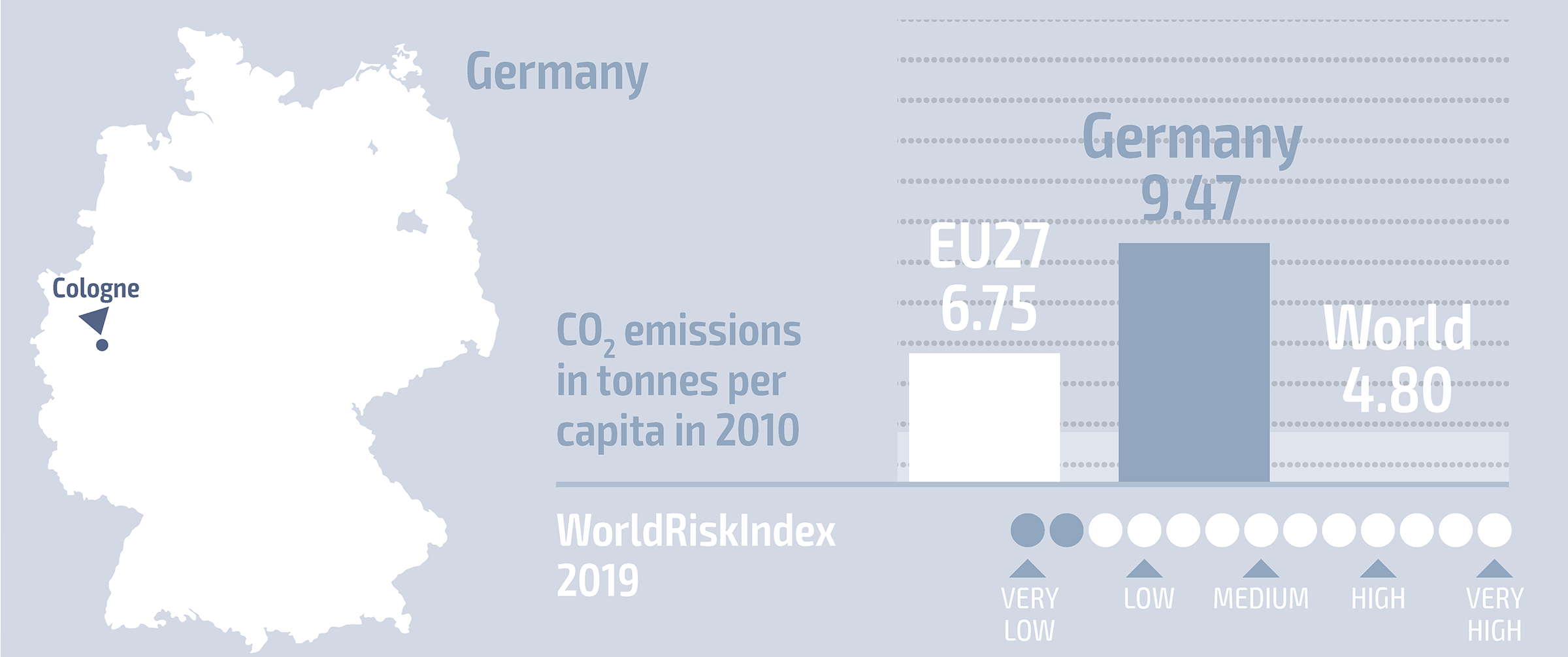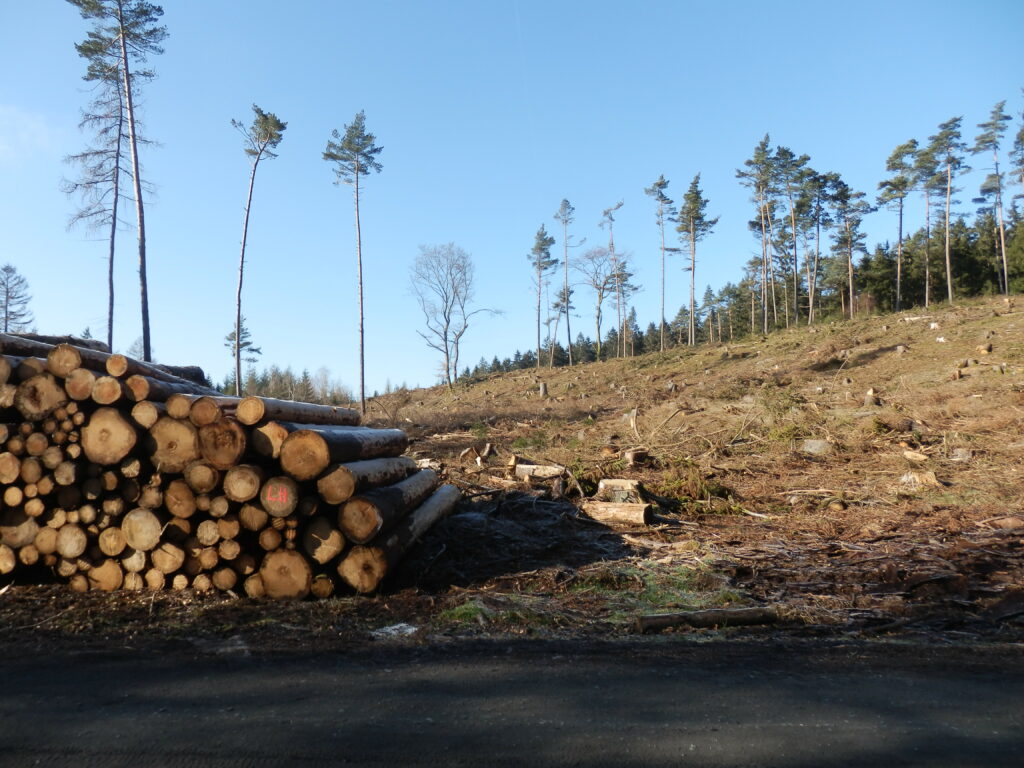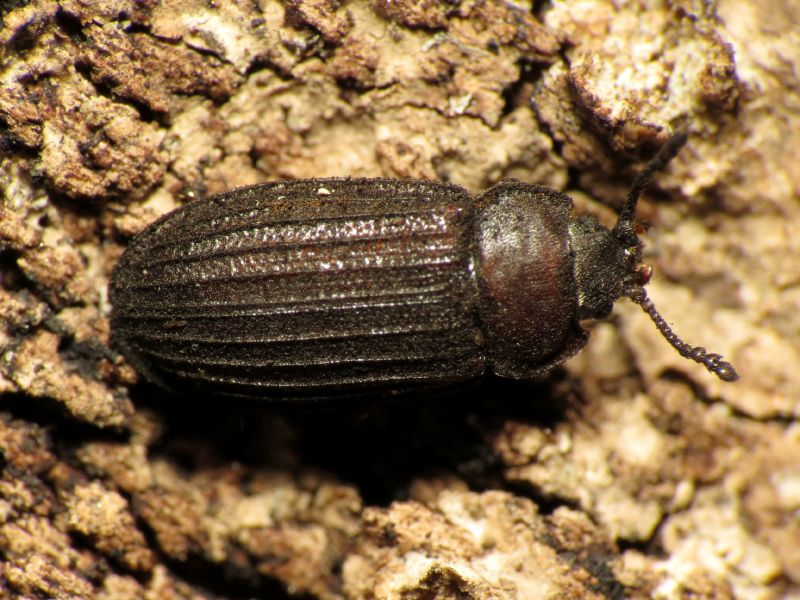Bad Homburg: Drought damage in the forest
Günter Busch, City forester
© City of Bad Homburg
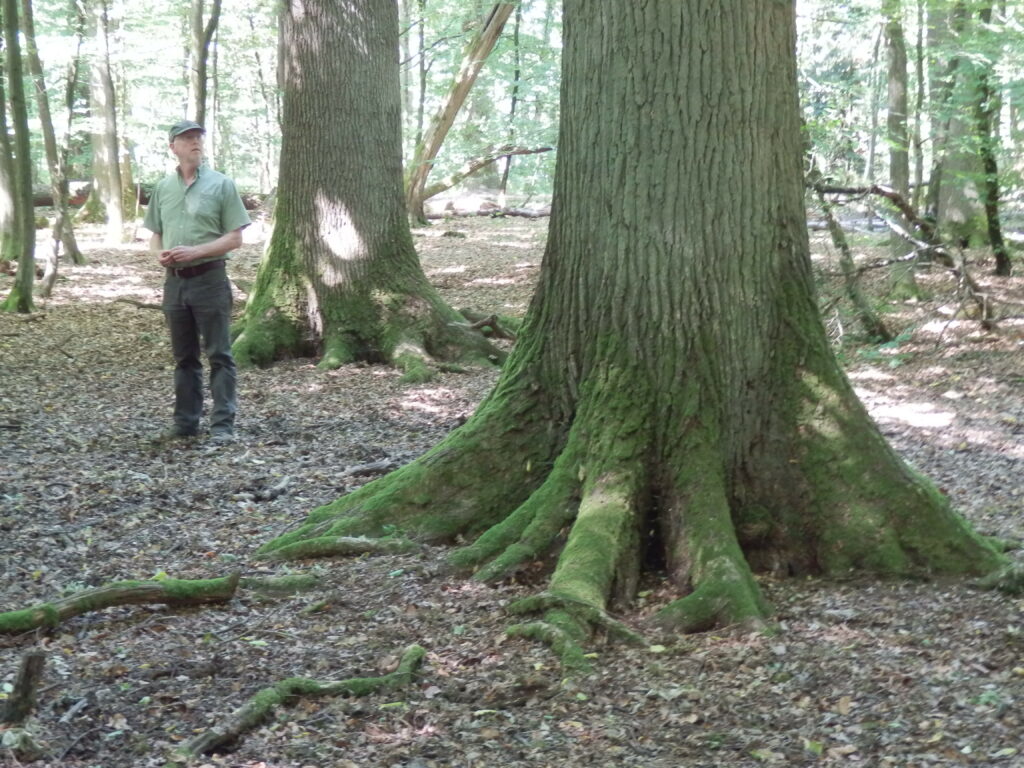
“My name is Günter Busch. I have been a forester in the Bad Homburg v. d. Höhe municipal forest, which covers about 1,200 hectares, since 1984. In forestry, we always plan for at least one tree generation, i.e. for periods of 80 to 300 years. This is how long a tree grows from seed to harvest. The climate change of the last decades with storms, among other things, but especially with the severe drought of 2018 – 2020, destroys all old planning for regeneration, growth and yield.”
In an average Hessian forest, there are about 320 m³ of wood stock per hectare. One solid cubic meter of beech wood binds approx. 1.25 t of CO2, so one hectare of beech forest binds approx. 400 t of CO2. A 50 to 80 year old beech tree binds about 10 kg CO₂ per year through its growth.
Scientific background
Climate change has already arrived in the Taunus region as well: Increasing drought, especially in the years from 2018 to 2020, will weaken forest trees in the Taunus. The spruce, for example, produces less resin. Entire areas of spruce can thus be attacked by the bark beetle. The infested trees must be felled before they die and removed from the forest as quickly as possible or debarked so that the bark beetles do not multiply even more. This initially results in large bare areas.
In the meantime, all tree species show endangering pests and diseases due to climate change. Maple, beech, oak and pine are also falling victim to diseases or storms, although not currently to the same extent as spruce.
Climate impacts – coping
Forests must be maintained for the long term and be climate resilient. However, large-scale reforestation is no longer proportionate, because due to the summer drought, new plantings of forest seedlings largely dry out in the first year after reforestation. Therefore, City Forester Busch relies on natural regeneration of local tree species. – However, natural regeneration is threatened by game browsing because there is too much game in the forest; increased hunting is needed. Fencing the large former spruce areas would be disproportionate and a strong interference with nature. – Forester Busch has already planted a smaller sweet chestnut (as a new, perhaps robust species for the urban forest) on a trial basis 10 years ago. Whether this and the natural regeneration will be silvicultural successes can only be foreseen in many years.
Climate partnership: Cologne and Yarinacocha
Andreas Wolter, Mayor of Cologne and Climate Alliance President
© City of Cologne
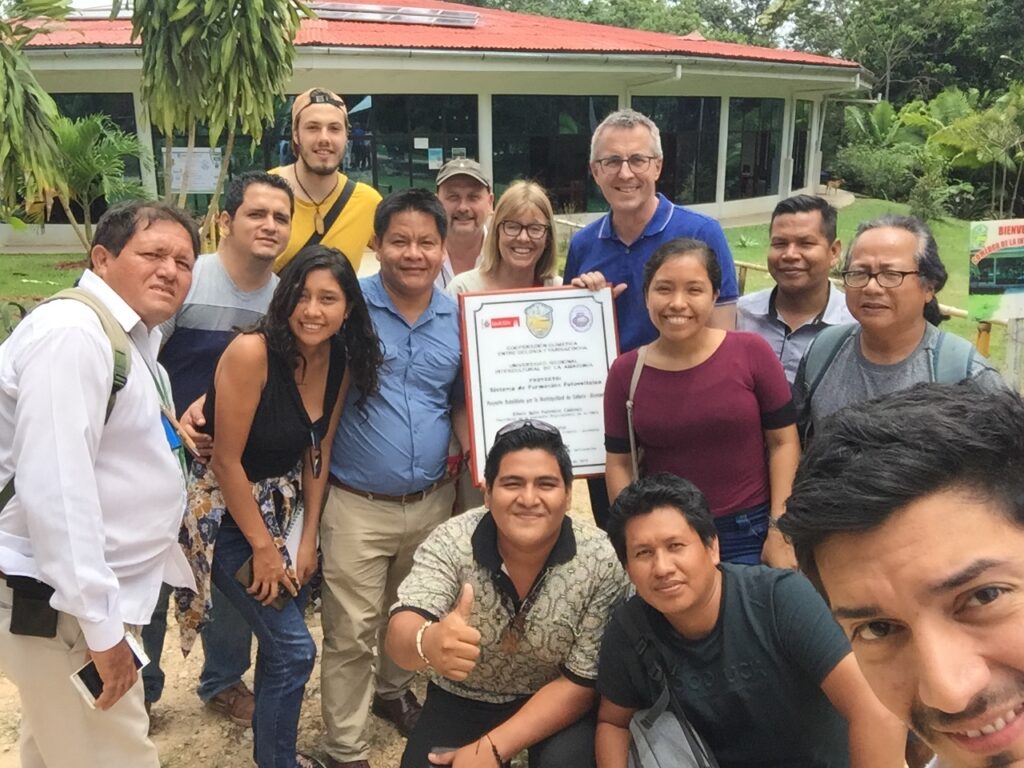
A climate partnership between an indigenous community and the city of Cologne supports the indigenous organisations in their struggle for recognition, against discrimination, land grabbing and deforestation. Allowing us to bring local problems to the international stage and highlight the link to climate protection.
Scientific Background
Climate change poses major challenges for communities around the globe. At the same time, the local level plays a key role in addressing these challenges and implementing climate change mitigation and adaptation measures. Climate partnerships between German municipalities and partners from the Global South are one way of addressing this responsibility. The climate partnership established in 2017 between Cologne, the Yarinacocha community in the Peruvian Amazon and the Federation of Indigenous Communities of the Ucayali (FECONAU) is one good example of this.
Action
The climate partnership between Cologne and Yarinacocha focuses on regular exchanges on an equal footing concerning local climate change challenges. Cologne supports its indigenous partners, represented by FECONAU, in their opposition to the expansion of palm oil plantations and illegal deforestation as well as in the further development of local activities. For despite the legal recognition of their territories, the Peruvian state continues to grant licences for the cultivation of monocultures. The partnership action plan, which sets out goals to achieve by 2030, focuses on the key issues of waste management, sustainable water management, renewable energy, biodiversity and awareness raising.
The climate partnership lives from the involvement of the local communities.
